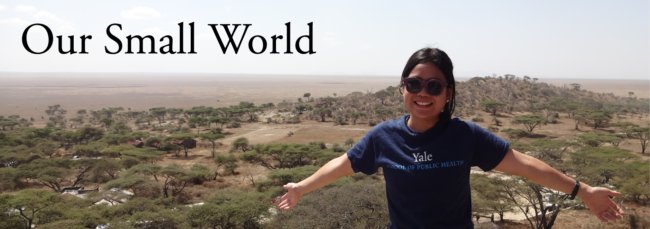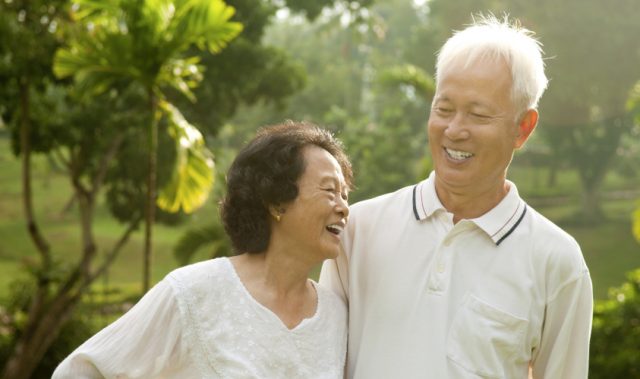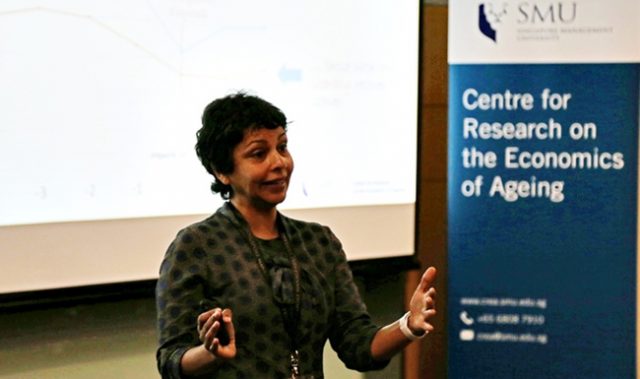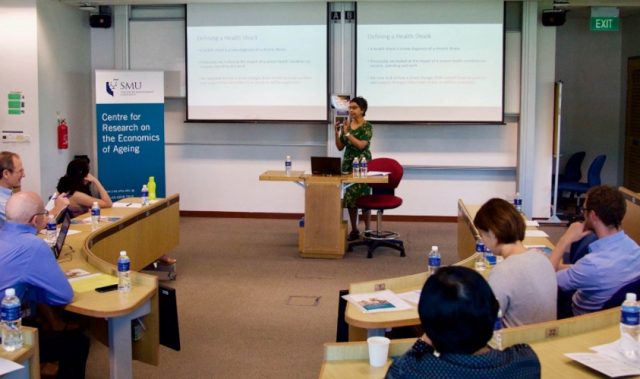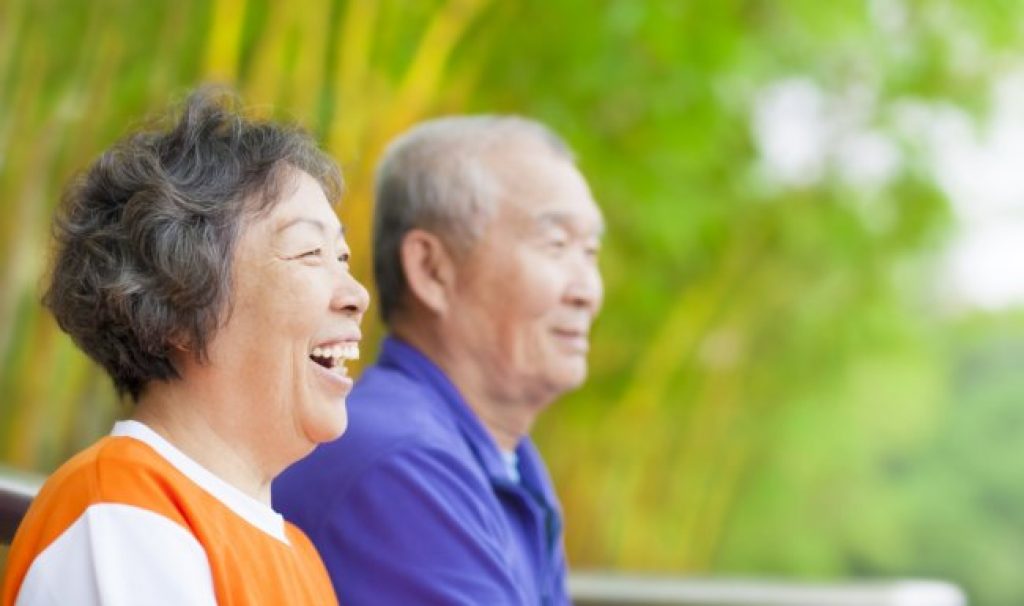
AsianScientist (Oct. 5, 2015) – I get to travel for my new job! How cool is that. I’ve never said that before in my life.
I’m still young and excited about getting in a car or plane and going to some place I’ve never been. The slightly ironic thing is that I travel to meet agencies around the United States who deal with elderly populations.
The impetus behind this project is linked to an idea that I’ve introduced before: that health outcomes are not just related to healthcare. Addressing the elderly issue not only requires thinking about healthcare, but about the demographics, the economics and the social aspects of an aging population.
Developed countries like the United States, Japan and Singapore are now faced with the burden of an aging population. If people in the 1600s could time travel and see that, in 2015, there were entire countries filled with people aged 80 and over, that would be the biggest shock. Not the shiny cars, not the iPhone, not the children addicted to the iPhone, but entire communities of aged people.
Not enough babies
According to a UN World Population Aging Report, fertility decline has been a primary determinant in the ‘demographic transition,’ where mortality and then fertility decline from higher to lower levels. A combination of decreased fertility and increased life expectancy has led to the rise in population aging.
Worryingly, the fertility level is well below the replacement level in more developed regions. The Singaporean government has often echoed this fact, this year even more so when they announced the extra S$2,000 in ‘baby bonuses’ to encourage families to have more children. This is not surprising, given that the life expectancy of females at birth in Singapore is greater than 80 years.
With the increase in elderly people in more developed regions in the world, we are faced with the problem of care. Elderly people are often faced with decreased mobility, chronic diseases and increased frailty. In general, with an increased aging population, there’s also been an increased demand for gerontologists. But gerontologists will not take your 90-year-old grandma to the supermarket. There is a whole melee of issues to consider in eldercare.
The question of caregiving
We see that different countries have different ways of dealing with the elderly. In Asia, it is common for families to care for the elderly–filial piety and all. The words “I’m going to put you in a home,” cut deeper than a stake through a vampire’s heart.
In the United States, only five percent of the population is aged 65 and older, yet people within this demographic utilize the largest percentage of healthcare resources. However, this New York Times article I read this past weekend surprised me at first, the gist of it being that a majority of eldercare in this country is unpaid. According to the Bureau of Labor Statistics, there are 40.4 unpaid million eldercare providers in the US. This strikes me as a very novel finding.
In my day job, I have been learning of so many nursing homes and social service organizations that basically lend a (paid) helping hand to coordinating care for the elderly: making home visits, mowing lawns, among other services. For all the specialized healthcare services, nursing homes, the social service departments in the city governments, it is therefore surprising to learn that care still largely remains in the hands of the family.
The unpaid caregiver phenomenon is, of course, reminiscent of the model in the East. In Singapore, the model for eldercare has always been split between the “family, community and state.”
However, I think that this is not sustainable in the long run. In the US, Singapore and other developed regions, the majority of unpaid caregivers are females. This model as it stands can create a lot of strain among the caregiver and her family. In future, as more and more women join the work force, how tenable is the notion that women can continue their role as caregivers their entire lives, especially when they have jobs, children and the elderly to care for? Is talking about gender now part of the solution?
There isn’t an easy answer for this challenge that the modern world faces, but the answer does not lie solely in training more gerontologists.
This article is from a monthly column called Our Small World. Click here to see the other articles in this series.
———
Source: Asian Scientist Magazine; Photo: Shutterstock.
Disclaimer: This article does not necessarily reflect the views of AsianScientist or its staff.



